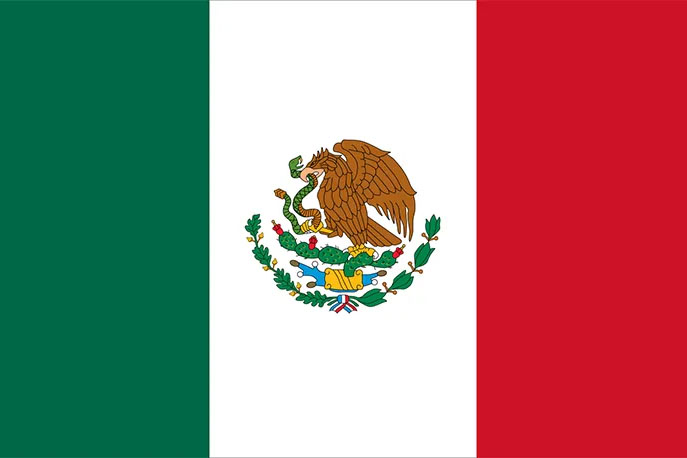
When you hear the name “King Tut” what do you picture? For many it’s his golden death mask, which was found covering his head when his sarcophagus was opened. Today King Tut is a household name synonymous with discovery and exploration, so it’s hard to believe there was a time when we knew so little about him — including how he died. For thousands of years the events surrounding his death were a mystery, and after the discovery of King Tut’s tomb in 1922 interest in what killed the Boy King was renewed.
It makes sense when you consider what was already known — a young leader of a powerful country, dead at only 19 years old. Of course, this would lead to questions and speculation! Was King Tut assassinated? Was he murdered and overthrown? The world was captivated, and we had to know.
Although the theories range from strange to dramatic, scholars and scientists who study Tut’s life have discredited a lot of them due to a lack of evidence. One popular example was the idea that he had been killed by a blow to the head after bone fragments were found in his skull. This theory was discredited after it was determined that the damage could have been caused by poor handling of his mummified body.

Just because his death doesn’t involve a plot or conspiracy doesn’t make the actual theory any less exciting! A CT scan performed by an international team of scientists in 2006 found that the young king had indeed suffered a fracture — in his thigh bone. They also found traces of the embalming resin used during the mummification process within the fracture, meaning that the fracture occurred before his death, not after.
The result? The scientists concluded that the most likely cause of death was from infection or disease caused by this fracture. With no antibiotics around to treat him, the proud pharaoh perished.

